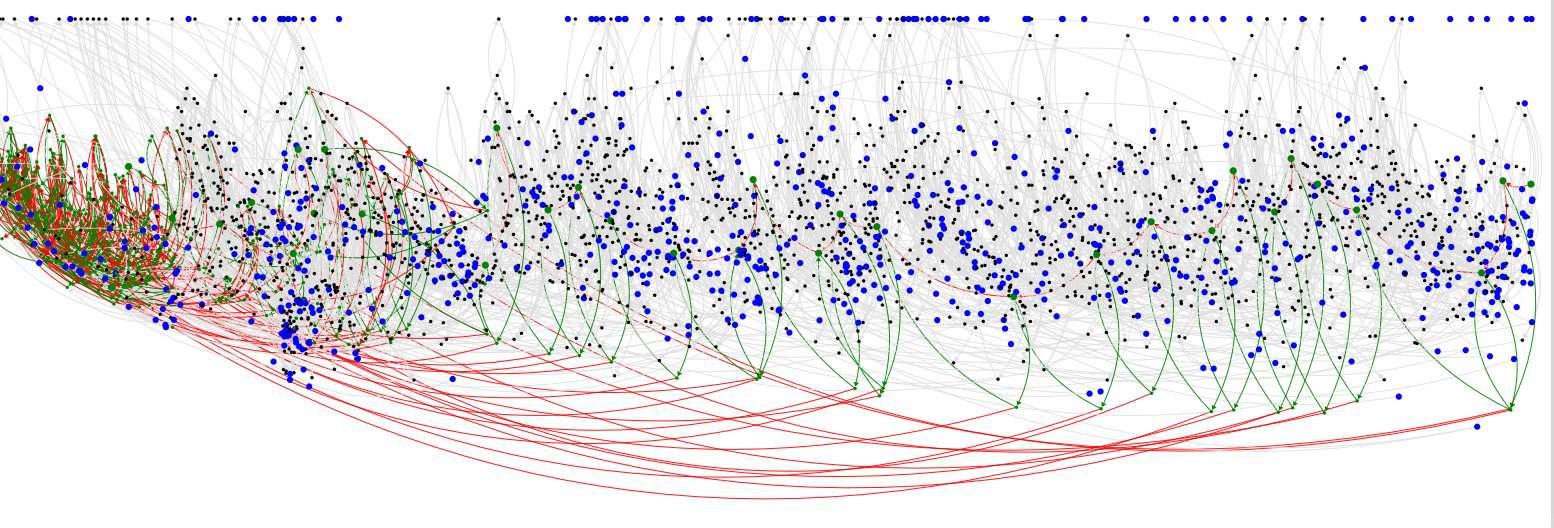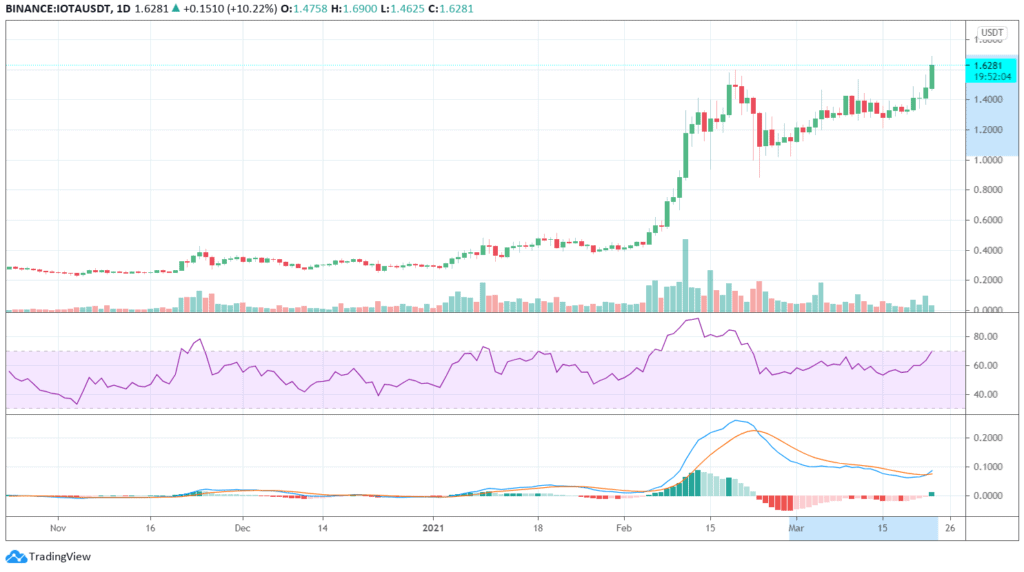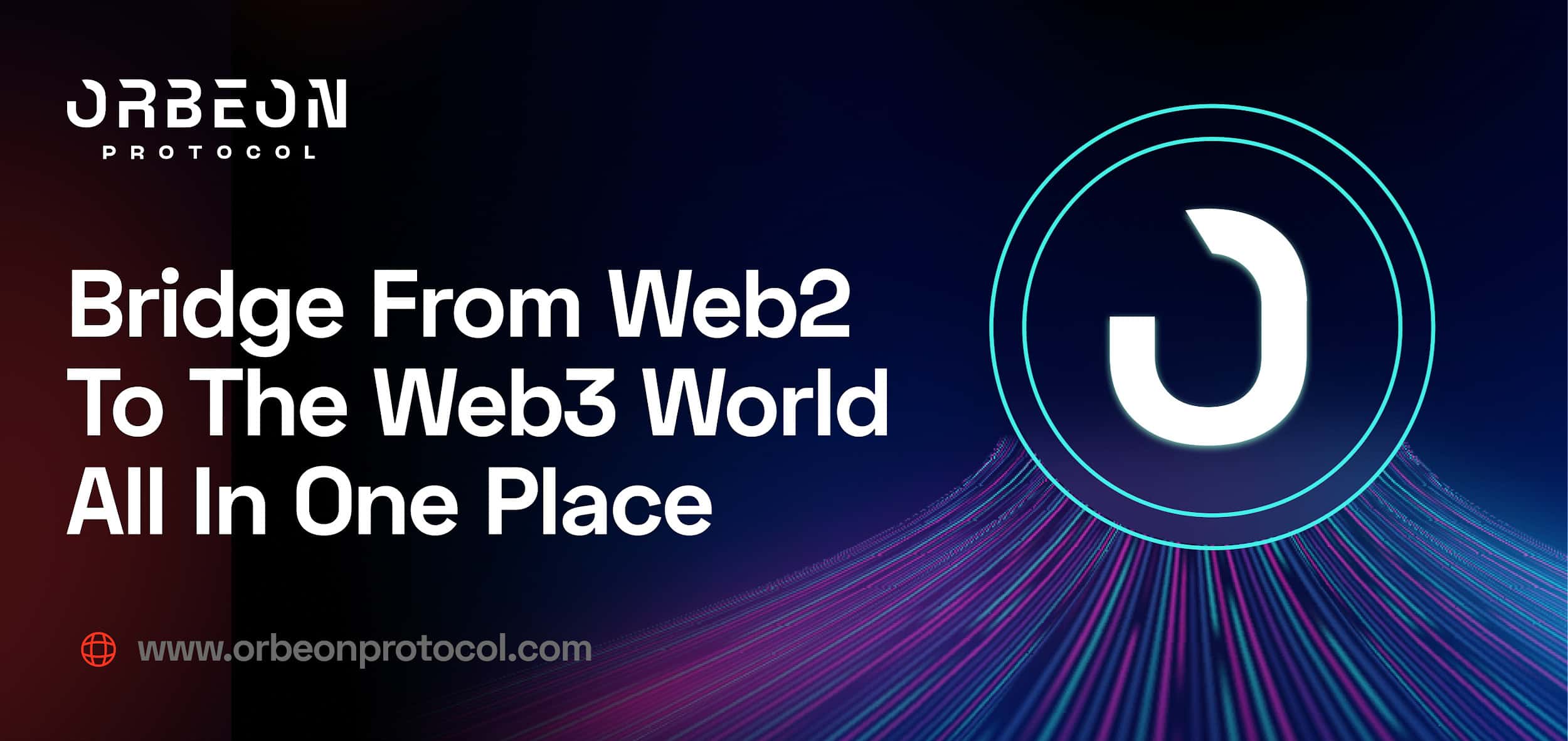IOTA Wants To Reclaim Its Past Glory With a Major Upgrade And Lots of New Features
Remember IOTA? The futuristic cryptocurrency that ignited the crypto community during the ICO boom of 2017, promising a decentralized solution for the Internet of Things? The one that faded from investors’ portfolios until it was almost forgotten? Well, it looks like it has the potential to rise from the dead… Or at least that’s what its co-founder claims.
A recent update and an internal reorganization are awakening the optimism of IOTA’s developers and hodlers, who believe that the project could be back on the road to success.
A New IOTA to Leave The Past Behind
IOTA Foundation Co-founder and CEO Dominik Schiener told ZDNet that the much-loved cryptocurrency was reinventing itself. It has changed so much that its developers are practically talking about a new project in essence.
He said that despite the mistakes, the experience gained by IOTA’s executive team throughout the years has turned out to be positive in the end.
“The IOTA project in 2021 is a completely new project compared to 2017 because as you can probably understand when you start from nothing, which IOTA really did, and you build up something, you make many mistakes along the way.”
IOTA is not your typical blockchain. In fact, it’s not even a blockchain. Its data structure technology based on a directed acyclic graph (DAG), or “The Tangle” promises, in theory, to be effectively superior compared to a standard blockchain.

Schiener defined IOTA as “a new distributed ledger that doesn’t need the miners, the electricity, or the transaction fees to really have a protocol.” He assured that by design, the tangle will enable the adoption of billions of human or cyber users, effectively achieving a human-machine payment network.
This vision has not changed since its inception, but now the picture is much clearer, and developers are a little closer to achieving it.
Introducing Chrysalis
IOTA is about to embark on a major network migration to Chrysalis. Chrysalis was announced in 2020, and the migration is planned to happen this April 28, 2021. It has several critical improvements, among them the elimination of the controversial coordinator node that was so heavily criticized for posing an excessive centralization of the network.
Investors are, of course, eagerly awaiting it, and the optimism is noticeable. Amid Bitcoin’s fall and in a scenario of market nervousness, IOTA has maintained a bullish trend throughout the month, appreciating over 60% in the last 3 weeks.

Other future improvements include compatibilities with oracles, smart contracts, secure wallets, scalable transactions, and a larger number of real-life applications.
It seems that IOTA is once again entering the portfolios and hearts of cryptocurrency investors, and its green candles are certainly to be welcomed in red days marked by Bitcoin’s sharp corrections.
For now, the charts look good for hodlers, and analysts can start setting their eyes on the fundamentals. Will IOTA be able to meet the expectations?









